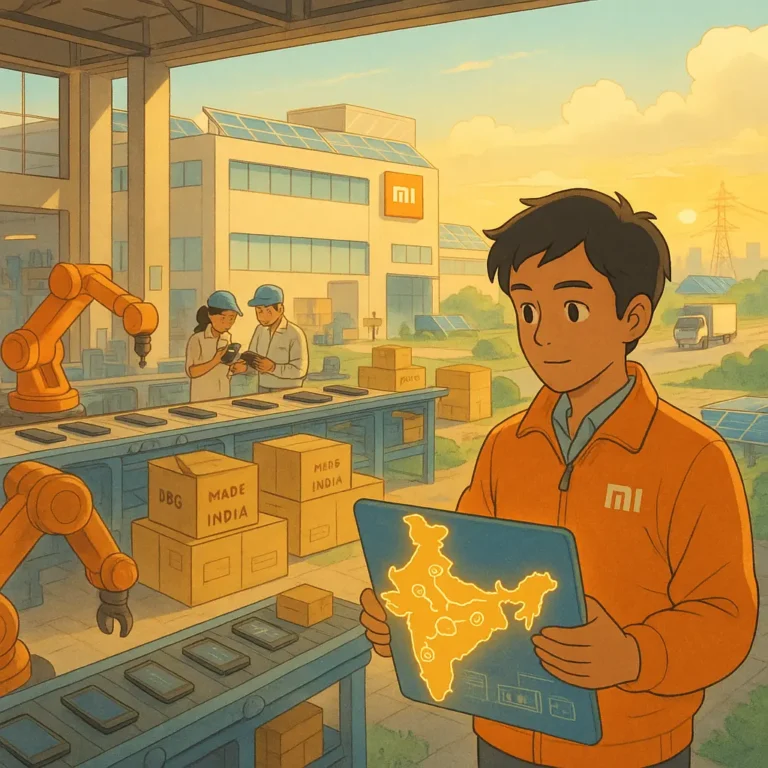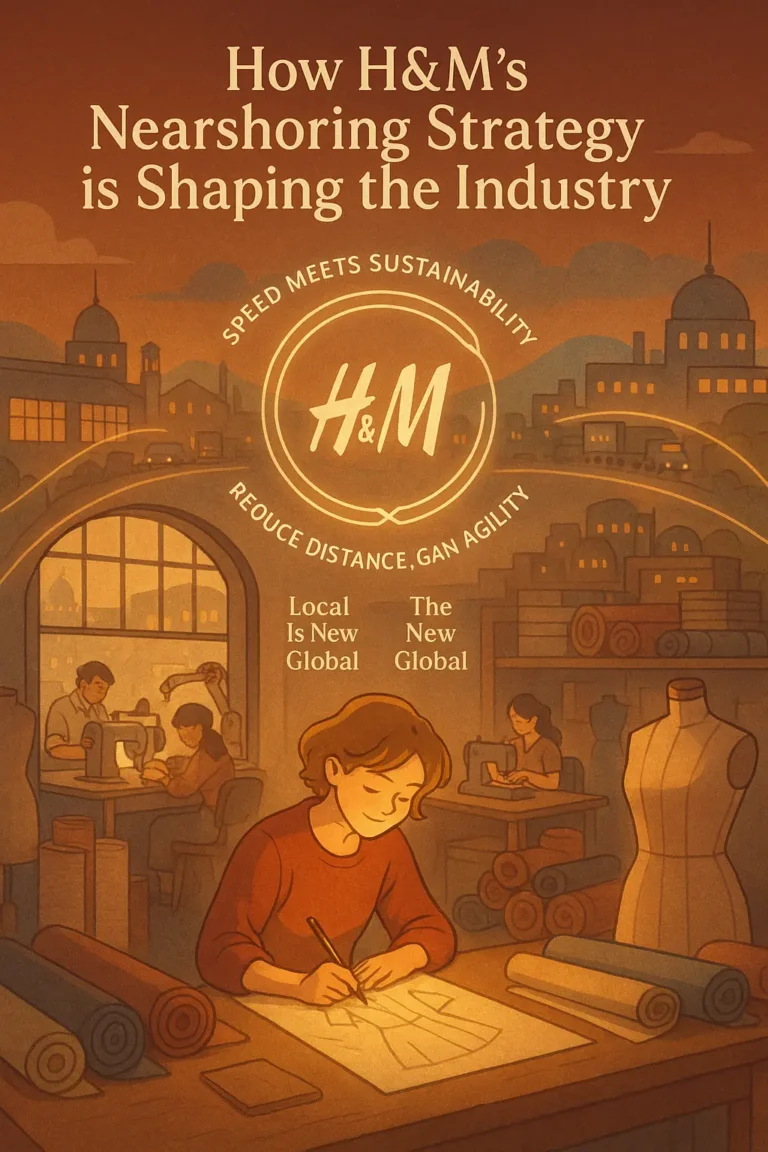
Though the goods and service supply chains are similar, understanding the differences between them is also vital.
There are fundamental similarities between the goods and service supply chains. However, when most people think of supply chain management, they automatically wonder about the impacted physical product.
That thinking is why it is easy to forget that supply chains are often geared towards delivering services, not just goods. For example, Amazon is a logistics company heavily rooted in the service industry. They are probably the largest 4PL service company in the world.
The Differences Between Goods and Services
The goods and service supply chains have key differences, but one similar characteristic is that they have to manipulate raw materials into a product that helps the end user. So, what are the main differences between these supply chains? Keep reading to find out.
1. Tangibility of output
You can feel and touch a tangible product, and there is no shortage of them around you, from your phones, cars, houses, clothes, and much more. The goods supply chain is responsible for that.
On the other hand, the service supply chain comprises intangible products that often rely on the knowledge and expertise of a person or a group of persons. So, say you get treatment at the hospital. There are facilities in the hospital that help with your treatment, but the actual service you get from the doctor is not tangible.
Your mechanical repairs and consultancies are all part of the intangible supply chain.
2. Production and raw materials
Production in the goods supply chain transforms raw materials from other tangible materials into a finished good for the customer.
The transformation of garments or fabrics into a piece of shirt or gown. Metals, semiconductors, and screens are transformed into a television set, and fruits are transformed into a fruit drink. All these are examples of transforming materials through production into other goods the consumer uses.
Production in the service supply chain uses people and infrastructure to transform ideas into intangible materials that provide value to the end user.
The use of vehicles to deliver parcels or letters from one person to another, the use of computers to provide information technology (IT) security service and the use of cleaning tools like bleach, brooms, and others to provide cleaning services.
All these are examples of how ideas can be transformed into products using the infrastructure.
3. Inventory
Goods and service supply chains hold inventory in very different ways. In many cases, the service supply chains do not hold inventory.
In the goods supply chain, inventory is held on both ends of the production stage. Raw materials are held as inventory until they are used to produce goods or a product. The goods or product is also held as stock, pending when it gets shipped to the end user/consumer.
There are typically three inventory holding strategies: Push, pull, and just-in-time inventory style.
In the service supply chain, inventory is rarely held. Inventories held are often materials that help the supply chain provide its services. An example I mentioned earlier is the cleaning service company, which might hold an inventory of tools that help the company provide value to the customer.
4. Customer Contact
The goods supply chain typically has minimal contact with the customers or consumers they cater to. The supply chain uses consumer consumption data to analyze and forecast future demands. However, it has little to no direct contact with its consumers.
The goods supply chain collaborates with wholesalers, retailers, and marketers to get their products into the market. They also take feedback from consumers through the same partnerships.
The service supply chain industry requires a lot of contact with the customers or consumers of the product. Whether it is a company-wide consultation, training, or personal check-up at the hospital, the service industry physically meets the consumer’s needs and is always directly in close contact with them.
Finally, the goods supply chain generally has access to more consumers or end users than the service supply chains.
5. Customization vs standardization
In the goods supply chain, the production of goods is often standardized. The goods supply chain produces goods for thousands or millions of customers, and the product is the same. The iPhone 14 is the same for all customers, there might be slight variations from country to country, but it’s the same for numerous consumers.
The service supply chain customizes services for its consumers. They do not produce a service unless a consumer or end-user requests it, but they design, develop, and establish the scope and content of the service. For instance, all people or products have different problems with consulting services.
For example, a doctor charges for consultation, but the patients come in with all manner of illnesses, changing the content of each service.
6. Infrastructure
The goods supply chain requires substantially more infrastructure to transform raw materials into finished goods. There is significantly more capital and infrastructure in the goods supply chain, from the machines to the warehouses to the logistics infrastructures.
The service supply chain requires less infrastructure, with people at the core of its value offering to the customer or end user. And it also requires substantially less capital to get the service supply chain going.
Conclusion
We have explored the many differences between the goods and service supply chain, the chief of which are the nature of their value offering and the amount of capital required to maintain the supply chain.
The chief similarity between them is that they often operate the same arms of the supply chain process from procurement, logistics, production, storage, and offering to the end user.

Obinabo Tochukwu Tabansi is a supply chain digital writer (Content writer & Ghostwriter) helping professionals and business owners across Africa learn from real-world supply chain wins and setbacks and apply proven strategies to their own operations. He also crafts social content for logistics and supply chain companies, turning their solutions and insights into engaging posts that drive visibility and trust.








5 thoughts on “Goods and Service supply chains: A Guide on the Differences”